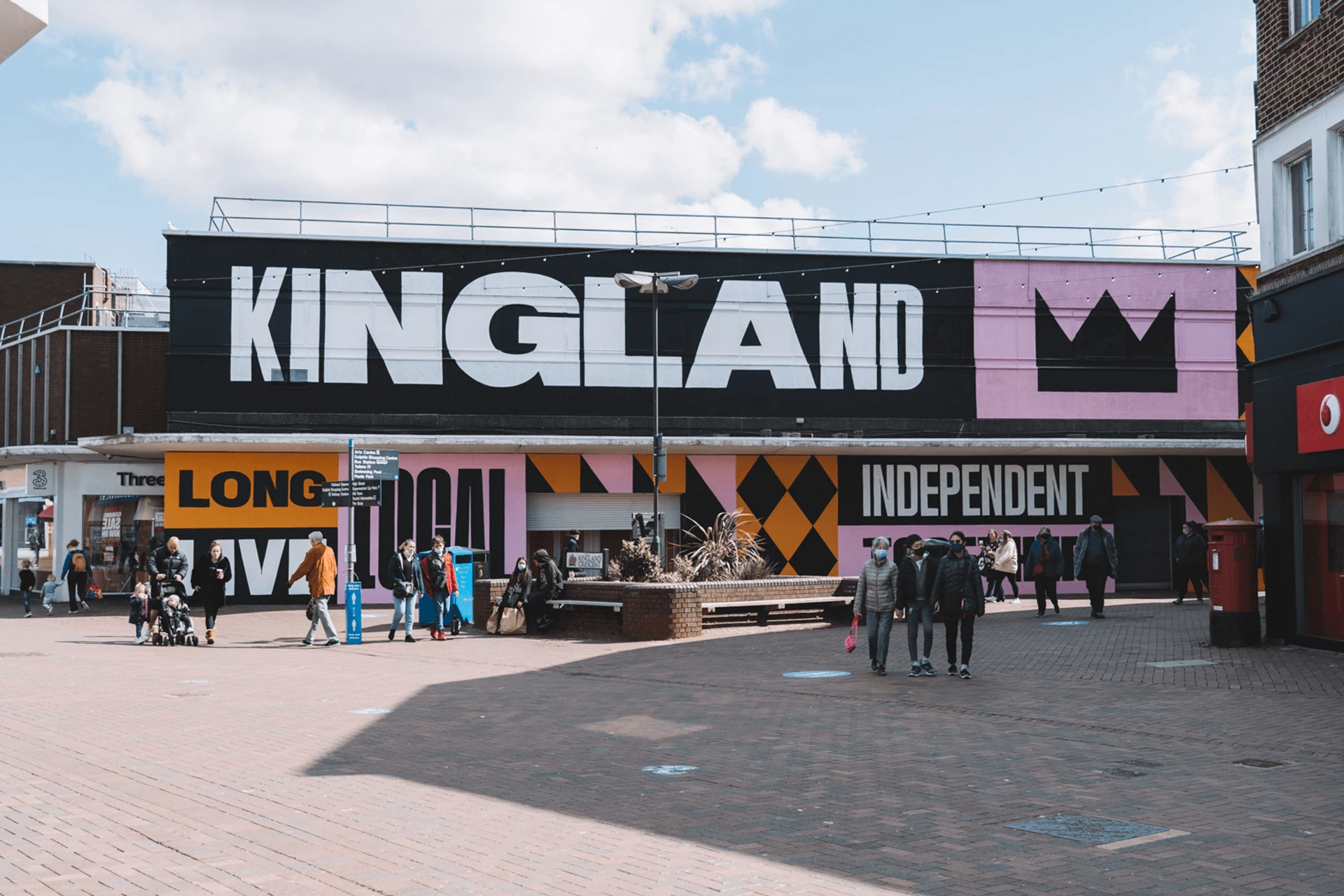
Meet our experts

Shuen Chan
Head of Responsible Investment & Sustainability
Legal & General Investment Management Real Assets
Our social projects reflect our belief that buildings have a unique social value and with properly targeted initiatives our real assets can help make people’s lives better. The challenge is quantifying success, and so our new comprehensive framework and toolkit is designed to measure the success of place-based social impact initiatives throughout the lifecycle of real estate investments right across Legal & General.
The framework is underpinned by impact management principles and is based on our understanding of the needs of the communities where our buildings are based. We target specific positive outcomes for these communities, including for local people who have been underserved and therefore will benefit most from our support.
In Poole, for example, where our real estate investments include the Dolphin Shopping Centre, our social impact initiatives are providing support for the local community over and above the simple provision of buildings. It’s part of our focus on making a difference to the lives of people living close to the investment properties in our portfolio, which has led to the creation of the new framework and toolkit.
Through the Kingland initiative in Poole, we offered 10 local, independent and small businesses a retail unit with no business rates or rent to pay for two years to reinvigorate the high street. And we formed a community partnership with organisations that understand local needs: notably support for an ageing population and suitable employment for working-aged people.
Communication and measurement
The potential of targeted social interventions is evident in the Kingland initiative which rapidly saw the creation of 31 new jobs for local people, while the Poole Adult Skills and Learning Centre was also established. The Dolphin Centre also welcomed Dorset’s first NHS University Hospitals’ ‘Big Think Clinic’, not only tackling patient waiting times but also further diversifying the shopping centre’s offering and social impact.
Because our new toolkit is a flexible framework for embedding a robust approach to place-based social impact planning, delivery, measurement and reporting, it enables us to establish a theory of change around a project or asset and to hold ourselves to account. Over time it will allow us to communicate impact at asset, fund, business, portfolio, city, regional, and national levels.
A place-based framework
Chan explains: “LGIM and LGC together have developed a place-based framework and toolkit that can be applied across different stages of the investment lifecycle and different types of assets. So, it can be adapted for housing and commercial assets. The foundation of this framework is based on three core themes: inclusive economy; health, wellbeing and quality of life; and nature and climate.”
Through these themes we aim to provide local and inclusive employment, and skills and educational opportunities. We also aim to ensure that sourcing of supplies and services is ethical and local and that we contribute to the affordability and equity of local places. We also hope to support the health and wellbeing of people and communities, as well as active community engagement and partnerships with local organisations.
Our climate and nature theme will enhance and preserve local environments, support the transition to net zero, and support local access to, and regeneration of, nature and biodiversity. In addition, we will support sustainable transport and infrastructure.
Our underlying principles
This impact-led approach is underpinned by four key principles that can be expressed as four ‘Cs’: community, commercial, collaboration, and catalytic. We first think of the specific needs of the community, which includes local people, including the underserved in the community rather than simply our tenants. We also consider how the commercial operations of our buildings can enhance the economic vitality of the local area. By understanding the needs of the community, we seek to collaborate with partners that can help us have the biggest impact, such as universities.
“If we understand the needs of the community, we can be more strategic in finding local partnerships to address those needs, rather than simply sponsoring a local school,” explains Chan. “That’s great but does it really address the needs of the local community?”
The new toolkit is catalytic because it enables teams right across our business to take on the challenge of creating positive social outcomes at scale by empowering the teams across the portfolio to drive the social outcomes rather than relying on a central sustainability team.
The whole real estate industry needs to consider both the commercial implications and the total impact an asset could have throughout its lifecycle, including the building’s impact on its end users and surrounding communities. This is not only the right thing to do but contributes to the long-term business case for a development, ensuring it is both profitable and drives positive outcomes throughout its lifetime.


